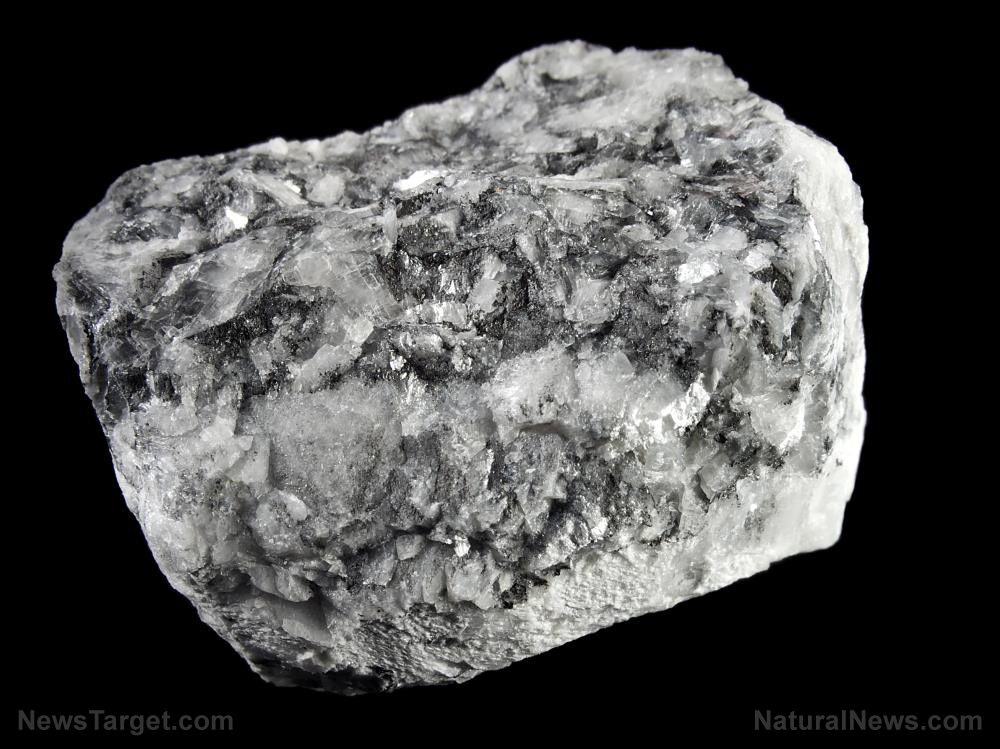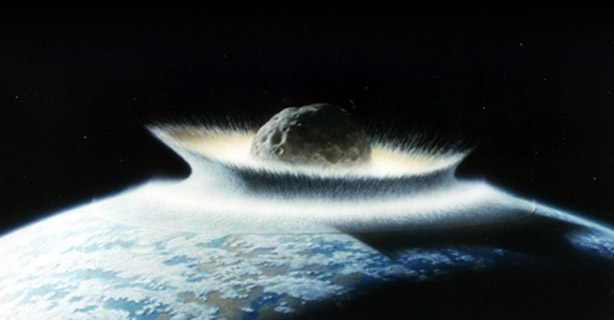NASA and U.S. Space Force sign memorandum paving the way for ramped-up space efforts
10/09/2020 / By Ramon Tomey

On Sept. 22, the National Aeronautics and Space Administration (NASA) and United States Space Force (USSF) signed a memorandum of understanding that reaffirmed the “rich legacy of collaboration” between the two agencies on space-related matters. The signing followed President Donald Trump’s efforts to intensify the country’s space exploration efforts.
Signed by USSF Chief of Space Operations Gen. John W. Raymond and NASA administrator James F. Bridenstine, the memo was signed as NASA embarks on its Artemis program that aims to launch the “first woman and the next man” on the moon by 2024.
Trump has focused on the American space program ever since becoming president. In 2017, he amended an earlier space exploration memorandum first signed by former President Barack Obama in 2010. He then established the USSF as an independent military branch in late 2019 when he signed the 2020 National Defense Authorization Act.
Prior to this, the USSF was under the command of the United States Air Force.
Trump’s 2017 space exploration memorandum revision aimed to start “an innovative and sustainable program of exploration with commercial and international partners to enable human expansion across the solar system and to bring back to Earth new knowledge and opportunities.” It also mentioned a return mission to the moon for “long-term exploration and utilization,” which the Artemis program fulfills. Future human missions will reach Mars and other destinations in space, the memo added.
The success of the Artemis program will be a stepping stone toward other lunar projects such as a base camp in the moon’s south pole, Plymouth Institute for Peace Research founder T.J. Coles said in an Oct. 2 piece for CounterPunch.
Private companies instrumental in future American space exploration
In its bid to revitalize its space program, the U.S. has increasingly turned to private companies to carry the torch. Now, a number of these private companies have contracts to support America’s space efforts.
Coles wrote that Elon Musk’s SpaceX, Lockheed Martin and Northrop Grumman – the last two being long-term Department of Defense contractors – are the respective companies tasked with creating the human landing system to bring astronauts to the surface of a planet. Northrop Grumman will take care of the habitation and logistics outpost – the cabins where astronauts will work and stay while aboard the spacecraft.
SpaceX will be handling courier duties for both pressurized and unpressurized cargo, including space instruments and food. The company recently made a milestone achievement, launching the first crewed American spaceflight since the Space Shuttle program ended in 2011.
The spacecraft used, SpaceX’s Crew Dragon 2, is just one of two spacecraft that are part of NASA’s Commercial Crew Program aimed at letting private contractors build and operate flights to the International Space Station. The second craft, Boeing’s Starliner, is set to go online sometime next year. (Related: NASA astronauts to eat the first vegetables grown in space.)
Will a new Space Race happen?
The U.S. space program currently has the European Union, Canada and Japan as its international partners. However, not all countries in the world are in favor of America’s dominance in space.
In July 2020, Roscosmos head Dmitry Rogozin criticized the Artemis program as a “big political project” and declared that the Russian state corporation in charge of space flight will not be joining. Rather, Rogozin spoke of a partnership with China to build a base on the moon.
“The relationship between Russia and China is very good. That’s why China … is certainly our partner. The Chinese have grown tremendously in the last few years,” he said.
Rogozin later said in September that Venus is a “Russian planet” following research that discovered phosphine gas in the planet’s clouds. He said that Russia was “the first and only one to successfully land on Venus” and described it as “like hell over there,” based on the information obtained by the country’s spacecraft.
Russia’s foray into space exploration appears to be a response to heightened U.S. efforts. The NASA-USSF memorandum states that the newly-established space force will “defending U.S. interests in space,” language that could have raised Russian eyebrows.
These moves, however, violate multiple provisions of the United Nations Outer Space Treaty which was signed by both countries as well as the U.K. in 1967. These provisions include: The use of space exploration as a tool to benefit all countries, the exclusively peaceful use of the moon and other celestial bodies and the invalidity of claims by any nation on outer space.
Follow Space.news for more on the development of the Artemis program and other American space projects.
Sources include:
NASA.gov[PDF]
Tagged Under: Artemis program, Lunar Base, lunar exploration, lunar landing, mars landing, moon landing, NASA, outer space, planetary exploration, planetary landing, Roscosmos, second moon landing, Space, space defense, space exploration, space force, Space Race, space travel, US Space Force, USSF, Venus landing
RECENT NEWS & ARTICLES
COPYRIGHT © 2017 REAL SCIENCE NEWS




















